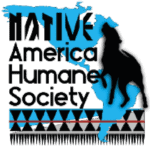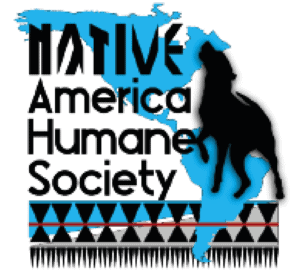For the Love of Native Nations and the Animals That Live There
Our mission is to empower Native communities to become healthier, happier, and safer by providing resources for animal care programs in Indian Country.
We Connect Animal Care Allies to Communities That Need Support
RESOURCES
Information on Animal Care and Control Programs for Individuals & Communities
We have developed and compiled a variety of downloadable guides and research to help communities with animal well-being.

GIVE
Donate Online to Support Our Important Work
Your support helps us to provide our resources and expertise to tribal communities so that they can close the service gap that exists for people and pets due to the larger systemic inequities and injustices that exist within Indian Country.
SHOP
Shop Our Swag!
Be an important part of our mission! All profits from merchandise sales go directly to support NAHS’s important work for animals.







